You’re probably familiar with your body’s metabolism in terms of the speed at which it digests food and creates energy. Technically, metabolism is a group of chemical processes. But did you know that your skin is affected by your metabolism? There are certain biological processes that cause your skin to regenerate, repair, and replace itself. A baby’s skin can do that in two weeks, an adult’s 50 days. That gap means all the world when it comes to the look and feel of your skin.
With age, your metabolism slows. Your skin follows because it relies on your metabolism for energy and nutrients. A slowing in metabolism contributes to the visible signs of aging like fine lines and wrinkles. You can help your skin keep up with daily wear and tear by nourishing it with the right nutrients.
What is skin metabolism?
There are biological processes that take place in your skin, the epidermis and dermis, that balance cell turnover, collagen production, and repair cell damage. UV damage is one of the biggest factors in the deteriorating state of your skin’s metabolism.
UV damage breaks bonds between cells, reducing their ability to heal and regenerate. Over time, your body can’t keep up with the damage and wrinkles stay behind. On one hand, it’s part of the natural aging process. On the other hand, there are ways to protect your skin to maintain its vibrancy.
Additionally, a metabolic slowdown in the skin also affects the skin’s ability to access the nutrients you eat and apply to your skin. In your 30s, 40s, and 50s, it’s harder for the skin to absorb the serums and creams you love. Don’t fret. You can help your skin by helping keep up with daily wear and tear.
Tips to boost your skin’s metabolism
Exfoliate
You slough off thousands of skin cells every day, but sometimes those cells don’t want to let go. Your skin can start to look dull, and the moisturizers and serums you apply to the skin might not be able to penetrate into the skin’s deeper layers.
Exfoliants are the first line of defense. Chemical and physical exfoliants help remove the dead skin cells on the surface of your face. Chemical exfoliants, like Alpha Hydroxy Skin Renewal Serum, contain chemicals that break the bonds between the dead skin cells for easier removal. Physical exfoliants like Crystal Clarity Exfoliation Scrub use tiny microcrystals to buff the skin, revealing the new skin underneath.
Apply an exfoliant to your face after washing with a gentle cleanser. This daily practice removes dead cells and exposes fresh skin that’s ready for moisturizer.
Hydrate and apply antioxidants

Your skin needs hydration from the inside out. Make sure to drink plenty of water. On average, adults need about eight 8 ounces glasses of water each day. Drink more if the weather is hot or you’re physically active.
On the outside, apply a daily moisturizer with antioxidants, like Oil Free Antioxidant Facial Moisturizer. The moisturizer helps lock in moisture, which, of course, your skin needs. But it’s the antioxidants that your skin’s metabolism needs. Antioxidants help combat skin damage from free radicals. Your body naturally produces free radicals, but they’re also found in the environment. These free radicals break down the bonds between skin cells and slow the skin’s ability to repair itself.
For an added antioxidant boost, look to serums. Serums typically have fewer ingredients in higher concentrations than the average cream or lotion. Total Antioxidant - Vitamin C Serum, for example, offers a high dose of Vitamin C, a powerful antioxidant. Apply this velvety serum after cleansing and exfoliating the face.
Protect
After you’ve cleansed and moisturized, protect your skin from harmful UV rays. The evidence has been around for years — UV damage prematurely ages the skin. Try Essential Solar Protector for broad-spectrum UV protection for the entire body. This physical sunscreen reflects UV rays so they can’t penetrate the skin. It’s reef safe and goes on smoothly.
Another option is Hyaluronic Facial Solar Protector. This tinted sunscreen is an excellent replacement for foundation. It evens out skin tone while hydrating (thanks to the hyaluronic acid) and protecting your skin from the sun.
Nourish (inside and out)

Helpful nutrients on the outside (antioxidants, moisturizers, sunscreens) need support from the inside. A healthy, colorful diet rich in antioxidants from fresh fruits and vegetables gives your body the building blocks it needs for healthy skin. Lean proteins and healthy fats are also essential to the proper functioning of your outermost protective layer.
Everyday skincare
Build a simple skincare routine that works for you, and your skin will thank you. Consistency in your daily habits will give the skin everything that it needs to stay strong, glowing, and healthy.



